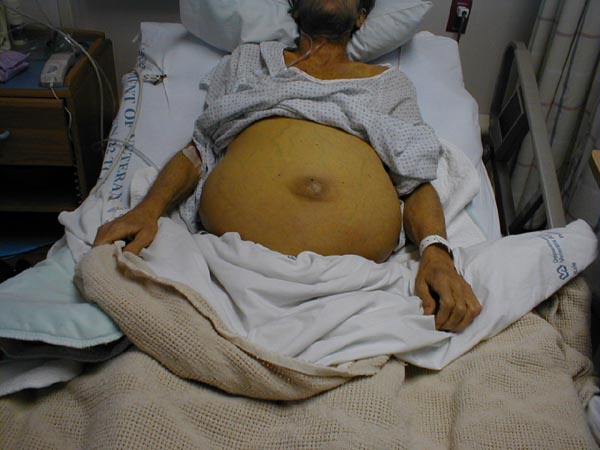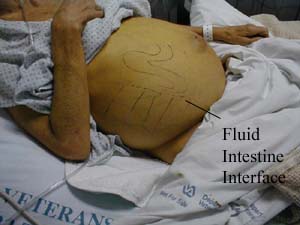Ascites physical examination
|
Ascites Microchapters |
|
Diagnosis |
|---|
|
Treatment |
|
Case Studies |
|
Ascites physical examination On the Web |
|
American Roentgen Ray Society Images of Ascites physical examination |
|
Risk calculators and risk factors for Ascites physical examination |
Please help WikiDoc by adding more content here. It's easy! Click here to learn about editing.
Editor-In-Chief: C. Michael Gibson, M.S., M.D. [1] Associate Editor(s)-in-Chief: M.Umer Tariq [2]
Overview
Physical Examination
Abdomen
- Visible bulging of the flanks in the reclining patient ("flank bulging")
- "Shifting dullness" (difference in percussion note in the flanks that shifts when the patient is turned on the side)
- In massive ascites with a "fluid thrill" or "fluid wave" (tapping or pushing on one side will generate a wave-like effect through the fluid that can be felt in the opposite side of the abdomen).
Images shown below are courtesy of Professor Peter Anderson DVM PhD and published with permission. © PEIR, University of Alabama at Birmingham, Department of Pathology
 |
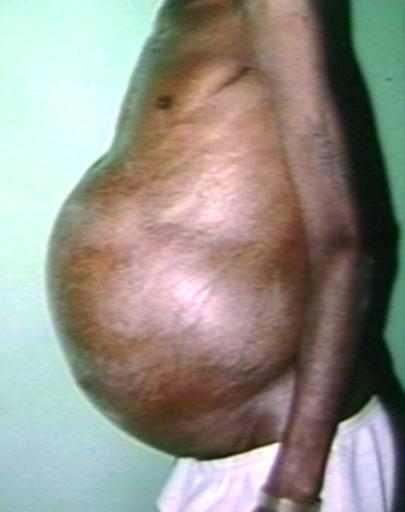 |
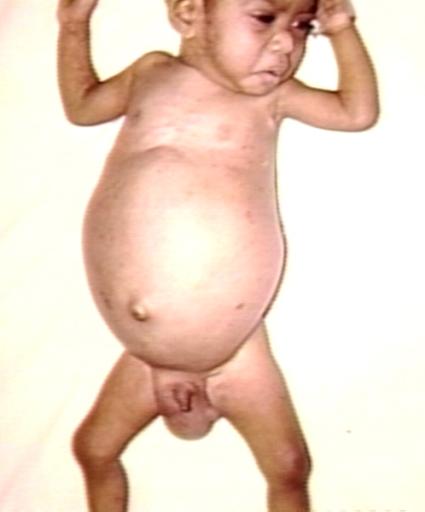 |
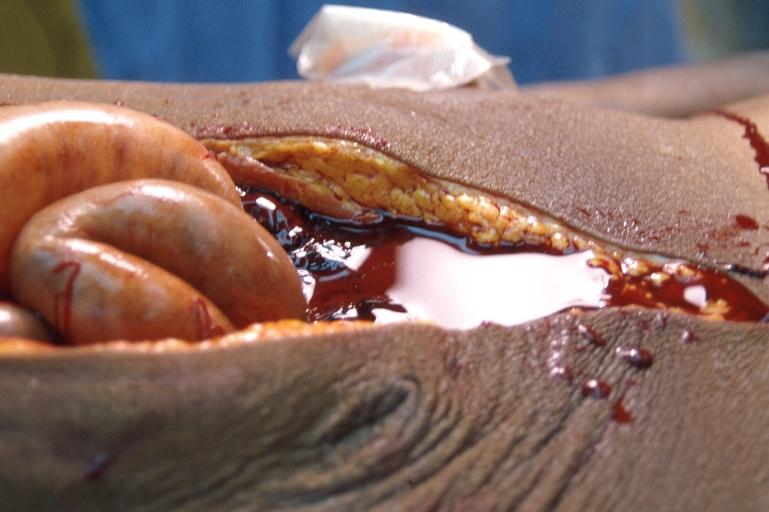 |
Images courtesy of Charlie Goldberg, M.D., UCSD School of Medicine and VA Medical Center, San Diego, California
 |
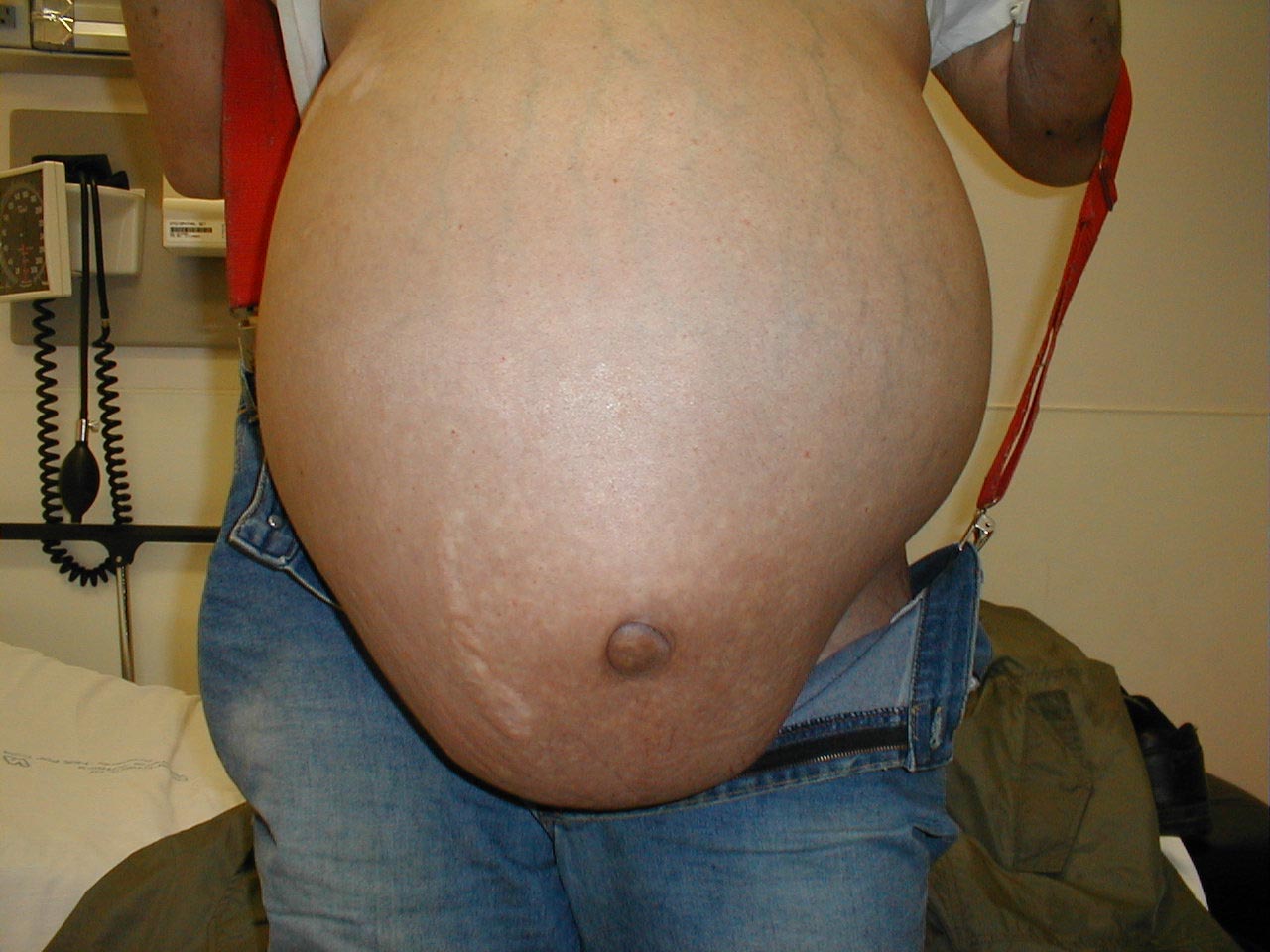 |
